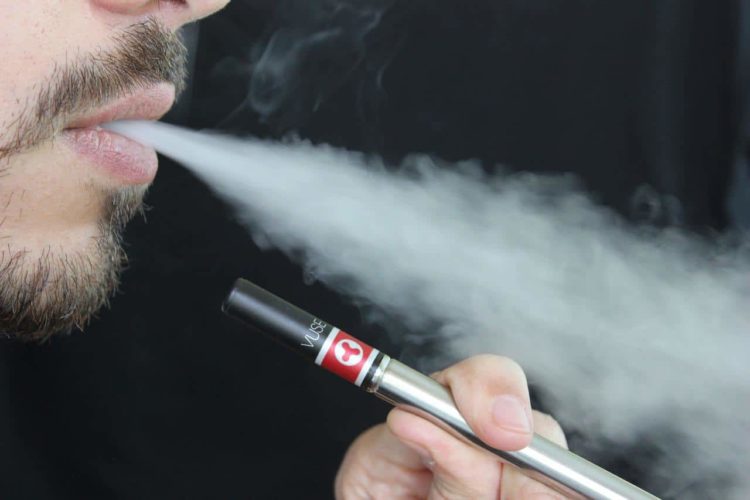
Sweden rejects controversial e-cigarette flavour ban
UPDATE: The Swedish parliament has rejected the government’s proposed e-cigarette flavour ban, in line with a report put forward by a parliamentary committee recommending tighter regulations on new nicotine products. The new rules will come into force on August 1st, 2022.
The results of the June 21st vote in the Riksdag were expected following a report released a week earlier by the Committee for Health and Welfare that expressed support for most of the measures outlined in the government’s proposal for a new, tougher law on tobacco-free nicotine products.
“Flavours aren’t harmful. What is very harmful, however, is traditional smoking. To reduce the harm related to tobacco use, we must reduce smoking. Thus it’s good to make alternatives to traditional cigarettes available for people who want to quit smoking,” Moderate Party MP Johan Hultberg and member of the Health and Welfare committee told Snusforumet ahead of the vote.
“We’re worried that an e-cigarette flavour ban would result in more people smoking traditional cigarettes, which would lead to more deaths and serious health problems in the long run.”
Among other things, the new, stricter rules will mean marketing restrictions, age limits, and warning labels on tobacco and nicotine products.
The measures approved by the Riksdag are also largely in line with an informal industry framework that has been in place for years in the absence of any formal regulation.
Swedish ‘no’ to e-cigarette flavour ban
However, the Riksdag stopped short of supporting the bill’s proposed e-cigarette flavour ban based on the committee’s recommendation
“The committee rejects a bill banning additives in e-liquids that lead to a clearly noticeable odor or taste of something other than tobacco,” the Committee for Health and Welfare report read.
The proposed flavour ban is “fundamentally wrong, legally uncertain, and counterproductive for public health policy” wrote Camilla Waltersson Grönvall, the committee’s ranking member from the opposition Moderate Party, in an amendment.
Tougher rules for nicotine products
The bill was introduced by the Social Democrat-led government in February with the aim of addressing concerns about a lack of regulation for tobacco-free nicotine pouches and other new nicotine products.
Specifically, the government sought “tougher rules” to help “protect” children and youth from tobacco-free nicotine products.
“Increased use of nicotine among young people risks leading to increased use of nicotine in the population as a whole in the long run,” the government claimed in its proposal.
The government argued that tobacco-flavoured vape juice could be permitted because it’s the “taste that adult smokers are accustomed to”.
“However, the use of flavorings that make electronic cigarettes attractive to children, young people, and non-smokers should not be allowed,” the bill read.
Low-risk alternatives ‘help smokers quit’
While Sweden’s failed flavour ban was restricted to vaping liquids, there was concern among snus and nicotine pouch manufacturers that the ban, if successful, could set a “troubling” precedent.
“We’ve already seen that e-cigarette flavour bans in other countries force people back to deadly combustible cigarettes by limiting the number of less-harmful alternatives,” says Patrik Strömer, Secretary General of the Association of Swedish Snus Manufacturers.
“The committee has sent an important message to the Swedish government and regulators elsewhere that banning low-risk alternatives is not the answer. Sweden is proof of concept that when there are more alternatives available, less people smoke.”
Lack of ANDTS progress criticized
In a separate report, the Committee on Health and Welfare delivered another blow to the government, criticizing a perceived lack of action on addressing shortcomings in a proposed strategy for addressing alcohol, narcotics, doping, tobacco, and gambling (ANDTS).
According to the committee, the government has failed to deliver on a promise made a year ago to provide an updated strategy that “takes into account the varying harmful effects that different tobacco and nicotine products can cause”.
The committee also took the government to task for what it sees as a poorly formulated mandate to several government agencies tasked with examining the different levels of harm associated with different nicotine and tobacco products.
“In its ruling, the Riksdag called for a basis in which the harmful effects of different products are described in relation to each other,” the committee’s ANDTS report reads.
“The government has not complied with the Riksdag’s decision.”
